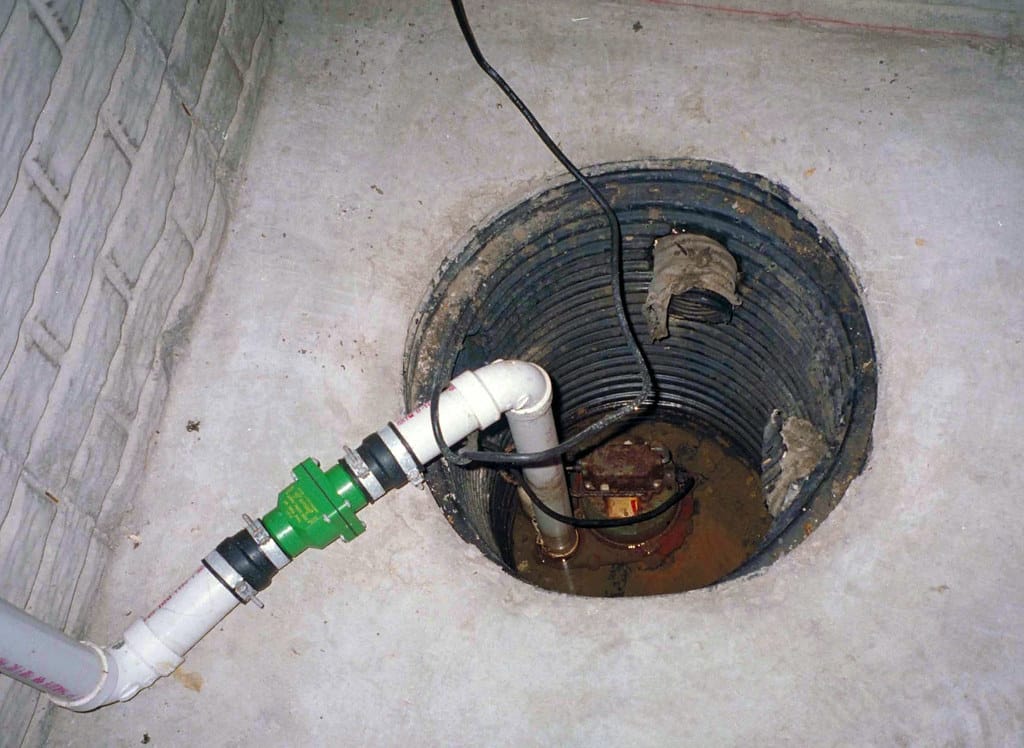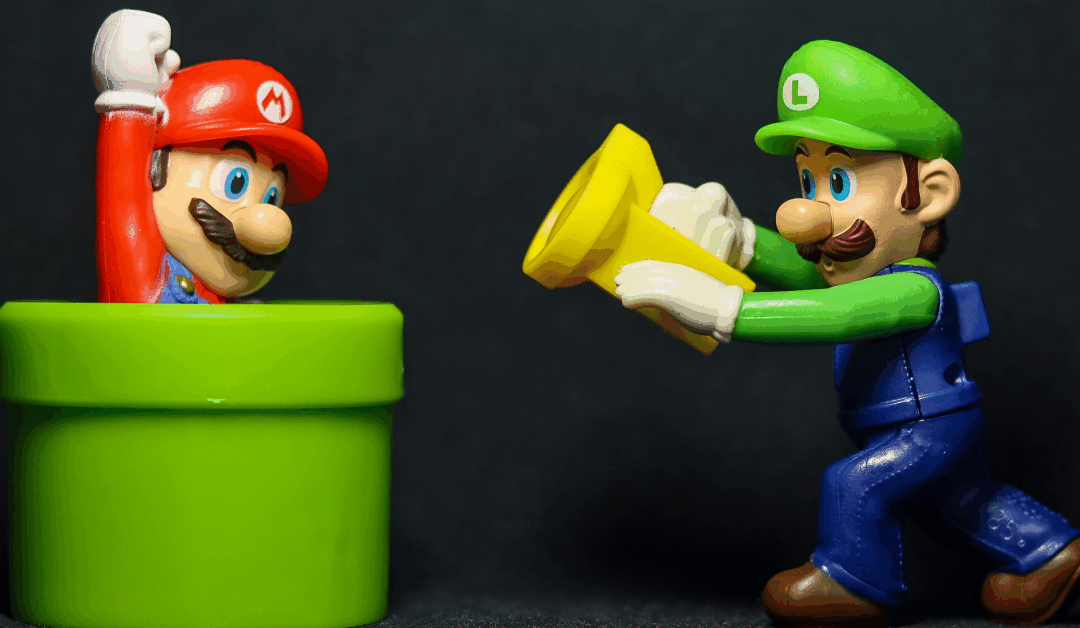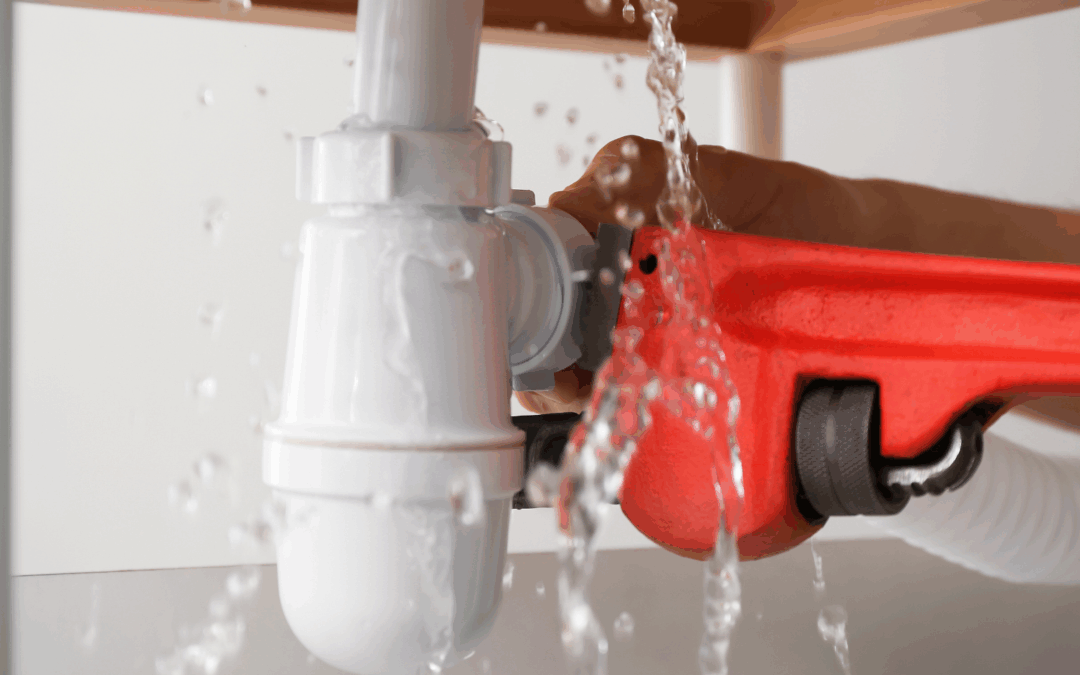Is your sump pump not working?
Homeowners, there’s a silent hero in your basement, tirelessly guarding your home against the onslaught of water—your sump pump. This humble piece of equipment might not get the recognition it deserves until a sump pump failure, and you find yourself knee-deep in what could have been perfectly avoidable basement flooding.
If you’ve discovered that your sump pump isn’t working properly or your sump pump stops working when you need it most, don’t panic; this guide will help you identify why your trusty sump pump has gone AWOL and what you can do to fix it.
Schedule Service Online
Get a free estimate so you know what you're signing up for
"*" indicates required fields
For Emergency Services Call: 410-255-9300
What is a Sump Pump?
A sump pump is an essential piece of equipment in many homes, particularly those in areas prone to flooding or with high water tables.
It’s typically installed in the lowest part of a home’s main electrical panel, basement or crawlspace. Its primary function is to pump water out and away from your home, to a place where it won’t pose a risk to your property’s integrity.
This could be a municipal sump pump which runs a storm drain or a dry well. By doing so, the sump pump prevents water from accumulating in your basement, thereby averting potential flood damage.
It works automatically, kicking into action when water reaches a certain level, thanks to a float switch that triggers the pump.
Parts of a Sump Pump
Understanding the key components of your sump pump is crucial for troubleshooting when things go awry.
At its core, a sump pump consists of several parts that work together to keep your basement dry:
- The Sump Basin: This is the pit or hole where water collects. It’s typically dug into the lowest part of your basement or crawlspace. The sump basin collects water that flows into it from drains or the surrounding soil.
- The Pump: The heart of the system, the pump is responsible for moving water from the sump basin out of your home. It sits either at the bottom of the sump basin (submersible pumps) or above it (pedestal pumps). This is what ensures the sump pump runs.
- The Float Switch: This component acts as the brain of the sump pump. It floats on the surface of the water in the sump basin. When the water level rises to a certain point, the float switch activates the pump.
- The Discharge pipe: Once the water is pumped out of the basin, it travels through this pipe away from your home to a designated drainage area.
- The Check Valve: Located on the discharge pipe, the check valve prevents water that has been pumped out from flowing back into the sump basin.
Each of these components plays a vital role in the efficient operation of your own sump pump system. Knowing how they work together can help you pinpoint where a problem may lie.
The Importance of Sump Pumps in Home Maintenance
A sump pump is the first line of defense against water entering your basement. When heavy rain or melting snow threaten to seep into your home’s lowest level, the sump pump steps up to keep you high and dry.
It’s a critical component in preventing water damage, mold infestations, and even the structural decay of your home’s foundation. Knowing how to troubleshoot a sump pump is an essential skill for any homeowner, ensuring you can quickly address sump pump problems and maintain the integrity of your home.
Signs Your Sump Pump Is Failing or Not Working
Quick identification of a failing or non-functioning sump pump is key to preventing water damage in your home.
Here are the tell-tale signs that you should be aware of:
- Strange Noises: Odd noises emanating from your sump pump could indicate a malfunction. Grinding, rattling, or thumping sounds often suggest issues with the pump’s motor or impeller.
- Constant Running: If your sump pump is running continuously, regardless of the water level, it may be due to a problematic switch, a stuck check valve, or an incorrectly sized pump for your basin.
- Visible Rust: The presence of rust, particularly on the battery terminals or the pump itself, can compromise the functionality of your sump pump. Rust could also indicate bacterial growth, leading to water quality issues and corrosion.
- Irregular Pump Cycling: Sump pumps cycling on and off erratically can signal problems such as a faulty switch or a float arm mechanism issue. This irregular cycling can lead to a burned out motor.
- Old Age: The lifespan of a sump pump is typically around 10 years. If your pump is near or past this age, its performance might start to decline, indicating it’s time for a replacement. Old age can lead to a malfunctioning check valve or a leaky discharge line.
- Water in the Sump Pit: An obvious sign that your sump pump is not effectively doing its job is when there is standing water in the sump basin. This could be due to a variety of issues ranging from a clogged intake to a failure in the pump mechanism itself.
Being vigilant and recognizing these signs early can help you mitigate the risk of basement flooding and potentially save you from expensive repair costs.
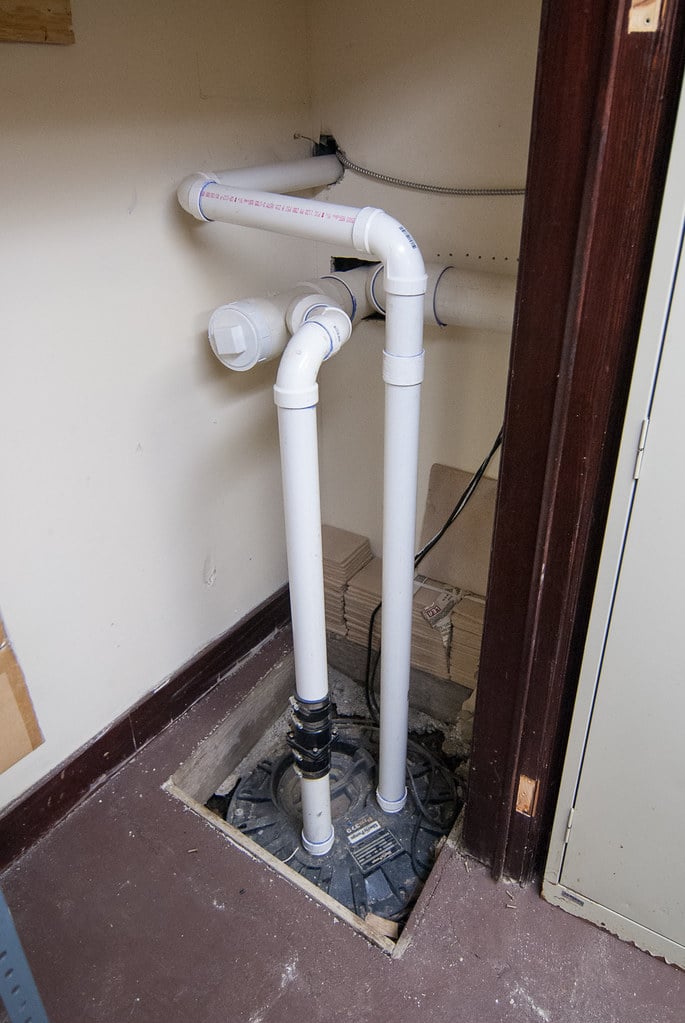
Common Reasons for a Sump Pump Not Working
Power Failure
Remember, a sump pump is an electrical device, and it’s only as reliable as the power that runs it. A tripped circuit or blown fuse might be the reason your sump pump isn’t turning on.
Sometimes, the pump might be connected to a GFCI outlet that’s been tripped due to high humidity in the flooded basement below.
To solve this:
- Check the electrical panel for any tripped breakers.
- If it’s a GFCI outlet, reset it and consider installing a dedicated, non-GFCI outlet for your sump pump with a professional electrician. You can also consider installing a battery backup for if to lose power to your whole house.
Float Switch Issues
The float switch is what tells the sump pump switch not to turn on when the water level in the sump pit rises.
If the switch is stuck or the pump turns improperly adjusted, it can cause the pump not to turn on or to run continuously.
To troubleshoot:
- Lift the switch by hand to see if the pump activates.
- Ensure that the switch has room to move freely and is not hindered by the pump itself or the walls of the pit. This DIY troubleshooting can give you can answer to make sure the your float switch is not in the closed position even when it needs to be open.
Clogged Pump
Your sump pump pit can accumulate debris over time, potentially blocking the sump pump failure’s intake and impeding its operation.
Here’s what to do:
- Shut off the power to the pump.
- Remove the pump from the pit and clear any visible debris from the intake.
- Consider installing a sump pump intake screen or cover to prevent future clogs to the discharge pipes.
- You also need to make sure that any clogged pump has not caused a damaged impeller.
Incorrect Installation
Installing a sump pump is more than just dropping it into the pit and plugging it in.
If the pump is not installed correctly, it could be moving excess water back back into the pit, causing it to run unnecessarily, or it might not be able to handle the volume of water.
Check for:
- A discharge pipe that’s not directing water away from your home.
- The sump pump’s position in the pit— it should be outside the “crocks” where water enters.
- Adequate horsepower for the amount of water you’re dealing with.
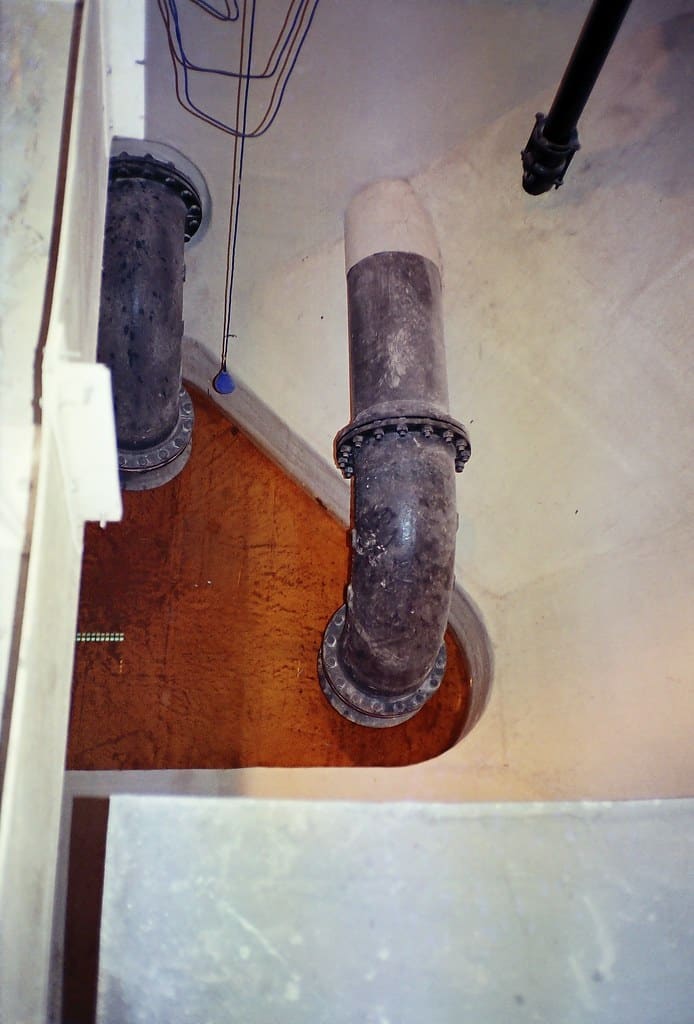
Steps to Troubleshoot and Fix a Sump Pump
Check Power Source
Ensure the sump pump is connected to a working outlet and has a power supply. Address any issues with the electrical source, such as blown fuses, power outages or a tripped breaker.
If you’re using an extension cord, make sure it’s designed for heavy-duty use and does not have any visible damage.
Inspect the Float Switch
Make sure the float switch moves freely and is not clamped in any position. If it seems stuck or damaged, you may need to replace it.
Adjustable float switches can sometimes be set too low or high; ensure it’s positioned to turn on the pump at the appropriate water level in the pit.
Clear Any Clogs
Manually remove any visible debris that could be blocking the pump’s intake. Be cautious not to damage the pump’s components.
To prevent future clogs, consider installing a screen or protective cover on the sump pit.
Verify Installation
Ensure the sump pump is correctly installed. The discharge pipe should direct water at least 20 feet away from your home and onto a downward slope to prevent it from flowing back into the foundation.
Ensure the pump is the right size and capacity for your needs.
Preventive Maintenance Tips
Regular Testing: It’s advisable to test your sump pump every few months, especially before the rainy season. To do this, pour water into the sump pit to raise the float and activate the sump pump turns on.
Cleaning and Maintenance Schedule: Establish a cleaning and maintenance schedule for your sump pump and the pit. Periodically, remove the sump pump stop working it and inspect the pit for debris and mold. Clean any buildup in the pit that could hinder the pump’s operation. It’s also essential to check the back-up battery if you have one.
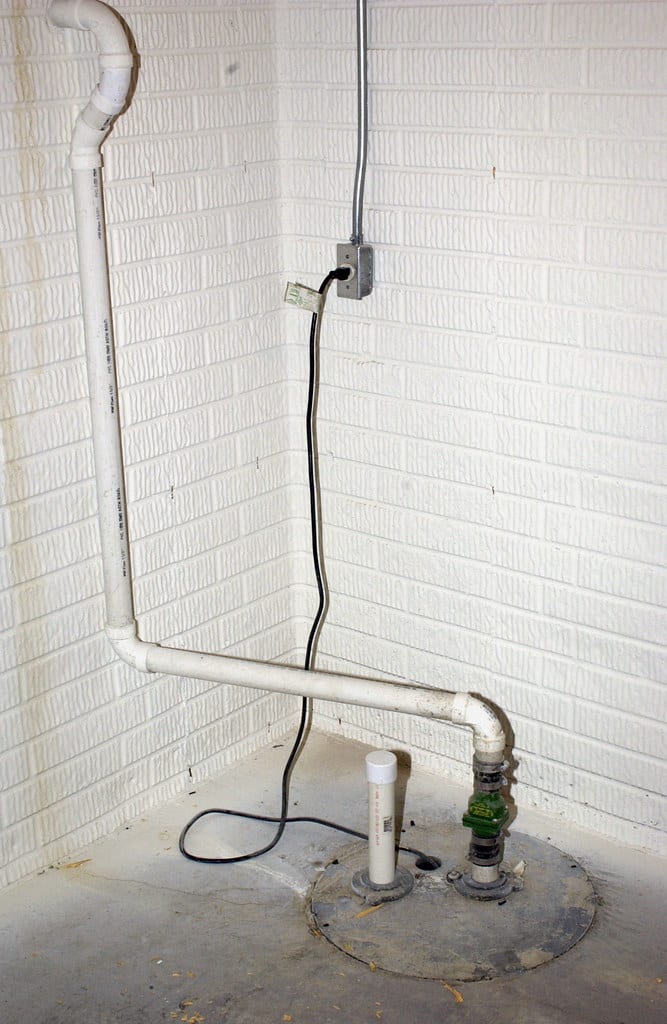
Sump Pump Not Working? Reach Out To MD Sewer and Plumbing
The hidden sump pump is a vital component of your home’s defense system against unforeseen water damage. Regular checks and maintenance will keep your basement dry and your home protected. Remember, a sump pump not working is not just an inconvenience; it’s a red alert for potential disaster. If your troubleshooting efforts are unsuccessful, or if you’re uncomfortable working with electrical equipment, always call a professional. Don’t leave your home’s safety to chance.
For timely sump pump maintenance and peace of mind, contact our professionals at Maryland Sewer & Plumbing Service, Inc. We specialize in ensuring your sump pump is in perfect working condition, keeping your basement bone-dry and your home structurally sound.

